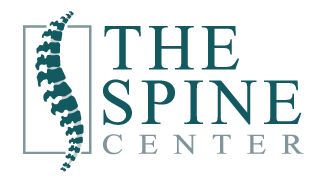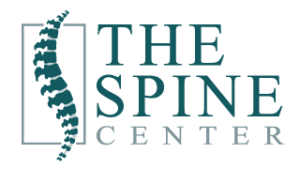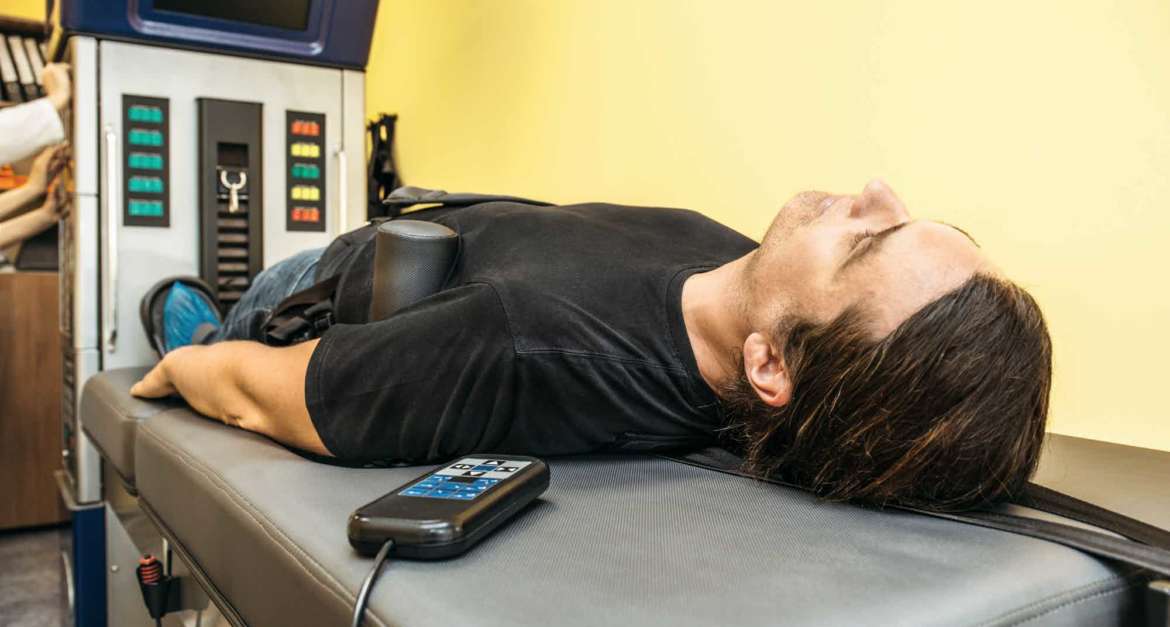Half of working Americans experience symptoms of back pain and blame it for 264 million lost workdays. It’s the 3rd most common reason for doctors’ visits, with $50 billion in health care costs.
Spinal decompression is one of the newest weapons in the fight against this epidemic. It has up to an 86% success rate, and chiropractors have installed 5,000 new traction units in the last decade.
Read our guide to spinal decompression to learn what it involves and how it could relieve your pain.
What Is Spinal Decompression Therapy?
Nonsurgical spinal decompression therapy uses motorized traction to ease pain in the neck or back. It stretches the spine, reducing pressure on the gelatinous cushions between the bones known as discs.
This reduced pressure allows water, oxygen, nutrients, and fluid to flow throughout the spine as it should. It also may help treat bulging or herniated discs.
How Does Spinal Decompression Work?
The first place to go for more information on how spinal decompression procedures are performed is a chiropractor’s office. Reputable ones should be able to explain the process and speak about their previous results.
The chiropractor should also listen to your symptoms and medical history. This will allow them to input a customized treatment plan into a specialized machine that will help them provide the right relief.
The process begins when you lie either face-up or face-down on a computer-controlled table. A harness will be placed around your neck, pelvis, and/or hips to keep them in place.
The chiropractor will then use the machine they programmed to create motorized traction wherever your body needs it. They may need to adjust the position of your head or shift the position of your back.
One session lasts approximately 45 minutes. Most patients have to schedule 20-28 of them over the course of 1-2 months for the best results.
Pain after spinal decompression therapy is mild in most cases. You should notify your chiropractor immediately if it becomes severe.
They may recommend adding other treatments to reduce the pain you’re still feeling. These could include heat therapy, ultrasounds, electrical stimulation, or any number of additional methods.
Who Can Get Spinal Decompression Therapy?
The spinal cord is one of the most essential parts of the body because every nerve that allows the limbs to move and organs to function connects to it. Even a small misalignment in one area can cause severe damage and pain.
A variety of conditions can be treated by spinal decompression therapy, but some of the most common are:
- Neck and back pain
- Bulging or herniated disks
- Damaged spinal nerve roots
- Worn spinal joints
- Degenerative disk disease
- Sciatica
The therapy is especially useful if you’ve tried other methods to reduce your pain, such as physical therapy, anti-inflammatory medication, or acupuncture. You may have severe pain that is resistant to these methods.
There are a few situations that preclude you from receiving spine manipulation therapy. They include:
- Pregnancy
- Spinal instability
- Prior surgery with metal implants
- Severe nerve damage
- Metastatic cancer
- Grade 3 or 4 aortic aneurysms
- Disc space infections
Speak to your chiropractor before getting spinal decompression therapy to see if you are a candidate. In many situations, it may be the solution you’ve been looking for.
What Are the Pros and Cons of Spinal Decompression Therapy?
Knowing the process of spinal decompression therapy and whether you’re a candidate helps you know what to expect. You also need to keep the potential benefits and risks in mind.
Spinal decompression therapy provides relief for the mind and body, but it also comes with side effects and can take more time and money to complete than certain patients are willing to spend.
Pros
The major benefit of spinal decompression therapy is what it does for the body. It fixes damaged discs, allows fluid, blood, and nutrients to flow properly, and promotes natural healing.
This has a wide range of positive effects. It can increase your mobility, flexibility, core strength, range of motion, and more.
Healing the spine also benefits the mind. It reduces the stress associated with chronic pain, allowing you to go about your day without worrying about what you’ll be able to do.
Treating spine problems with decompression therapy prevents the likelihood of disability later. This is important because back pain is the number one cause of disability worldwide.
Spinal decompression therapy also prevents the risk of spinal degeneration, a problem that’s compounded by a sedentary lifestyle.
Nonsurgical spinal decompression therapy allows you to avoid the risks associated with surgery. It’s noninvasive, reducing the risk of infection or allergic reactions.
While spinal decompression therapy does require a time investment, it can be more convenient than surgery. It often provides faster results and a shorter recovery period.
Almost 20% of patients with back pain are prescribed potentially addictive opioids. Spinal decompression therapy requires no medication, reducing the risk of addiction or additional side effects.
Cons
Spinal decompression therapy is a medical marvel, but it’s not a perfect solution. The most common side effect is aches or soreness as the patient’s body adjusts.
Other potential effects from the procedure include:
- Muscle spasms
- Shooting pains
- Infection
- Blood clots
- Bleeding
- Nerve or tissue damage
A single spinal decompression therapy session is relatively short, but not all patients can carve out enough time to attend up to 4 of them every week. The cost can also add up and isn’t covered by insurance.
Like all pain reduction methods, there is a risk of resurgence. If your pain returns, you may have to go for another session or find an alternate method to reduce it.
Where Can I Find Spinal Decompression Therapy Near Me?
The spine is a labyrinth of twisting nerves and discs. The purpose of spinal decompression therapy is to ensure that there are no obstacles in the way.
The process provides quick and lasting results with no medication or surgery but requires multiple sessions and presents rare side effects.
The Spine Center is a trusted clinic with a variety of methods to reduce your chronic pain. Contact us to schedule an appointment today.


